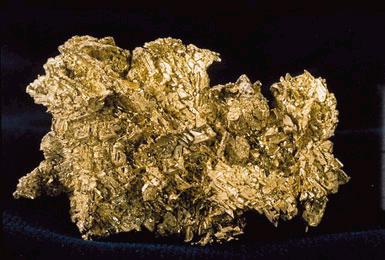 |
| Mt. Baker, Washington Photo by Adam Lindsay |
The town of Danville, Washington
nestled right up against the Canadian border had a checkered past to say the
least. It started as Nelson, Washington ,
but the railroad changed its name to avoid confusion with Nelson, British
Columbia . The
town had a store with entrances opening into both countries that the
authorities closed down because of suspected smuggling. The heyday of the town came with prohibition when many of
its residents worked as guides for the whiskey smugglers guiding them over
back-country trail out of sight of the revenuers
so they could smuggle Canadian whiskey into the United
States .
Once prohibition was over the town slowly faded away.
Before prohibition though in 1912 a prospector named John
Falconer was working in the town during the summer as a laborer. At some point a vicious thunder storm hit the area
and a bolt of lightening set fire to a tree on the hillside southeast of the
town. Falconer rode a horse out of town
along a game trail to put the fire out before it spread. On the way it started raining and somewhere
along the trail his horse trod on a rock sticking up from the ground.
By the time he reached the blazing tree the rain had put out
the fire, so with nothing more he could do there he started back to town. When he reached where his horse had scrapped
the soil from a rock he could see it was full of pyrite so he stopped to
get the rock. It was not until several
months later that Falconer realized the rock was full of gold not pyrite. The gold slab was worth over $1,000 that
contained over 50 troy ounces
of gold that at the time was selling for $20.67 per ounce.
Around Danville
the old timers called it “the golden plate” and thought it was only a small
part of a gold ledge. Falconer and his
wife hunted for the place where his horse struck gold, but never could find the
place again.
Since then many have looked for Danville ’s
golden ledge in the hills south east of the town but have never found it
either.
It makes sense that there is gold there because it is close
to the Cascade Mountains
that supplied the heat necessary for the formation of gold deposits. Two volcanoes that could have supplied the
gold deposit are Mt. Baker
in Washington and Mt. Garibaldi in British
Columbia .


